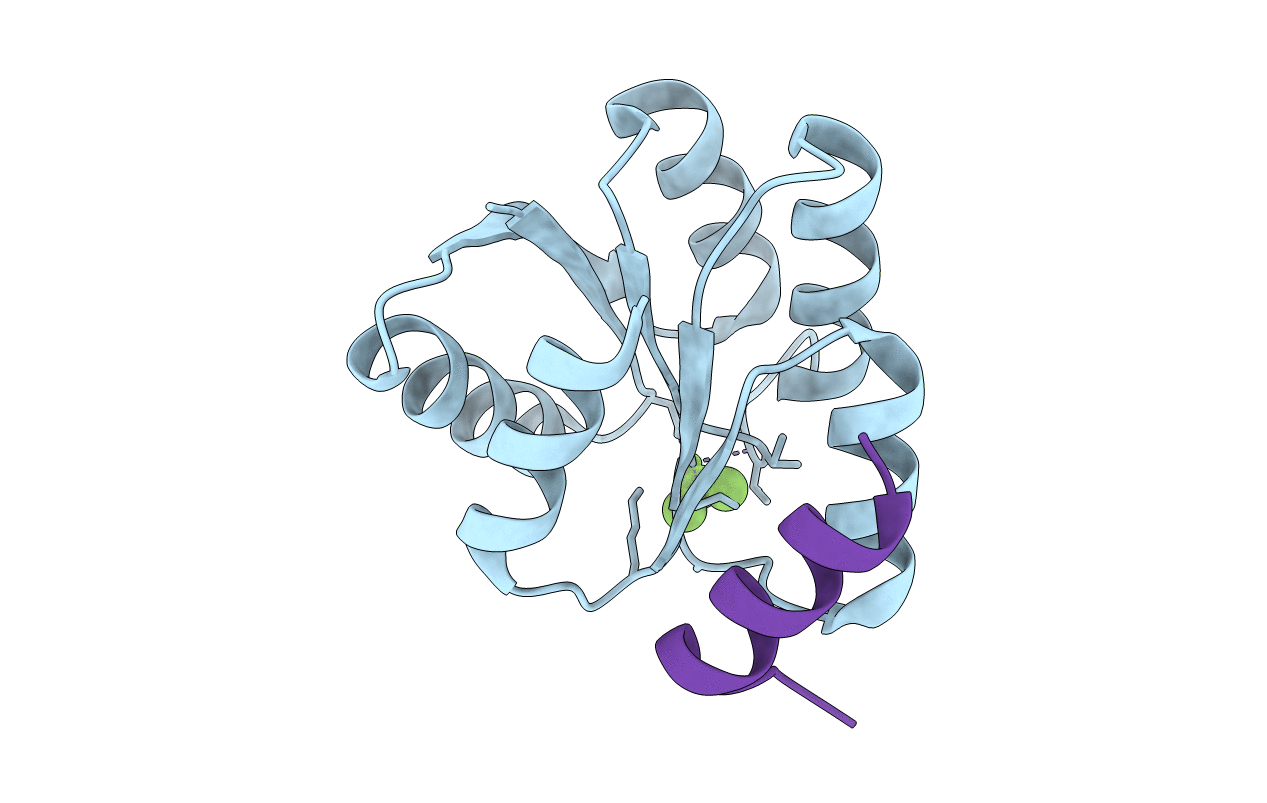
Deposition Date
2012-12-17
Release Date
2013-04-24
Last Version Date
2024-03-20
Entry Detail
PDB ID:
4IGA
Keywords:
Title:
The crystal structure of an activated Thermotoga maritima CheY with N-terminal region of FliM
Biological Source:
Source Organism:
Thermotoga maritima (Taxon ID: 243274)
Host Organism:
Method Details:
Experimental Method:
Resolution:
1.73 Å
R-Value Free:
0.27
R-Value Work:
0.22
R-Value Observed:
0.23
Space Group:
P 21 21 2


